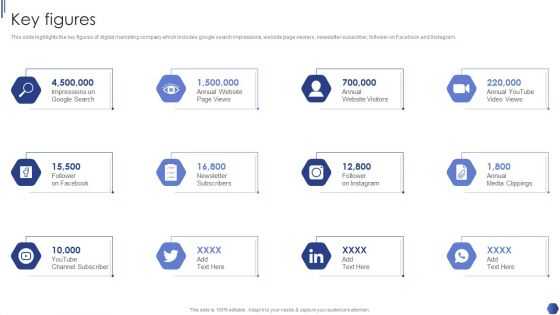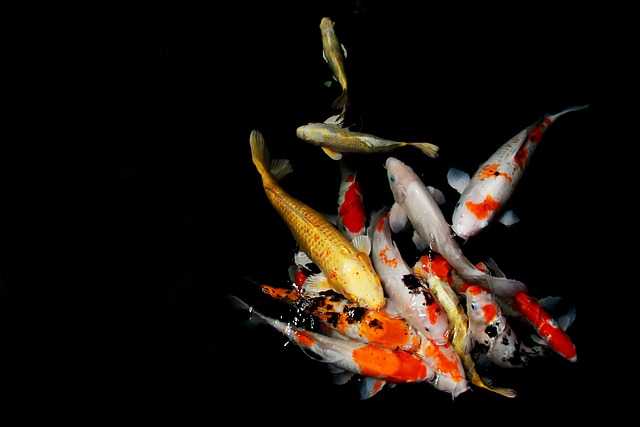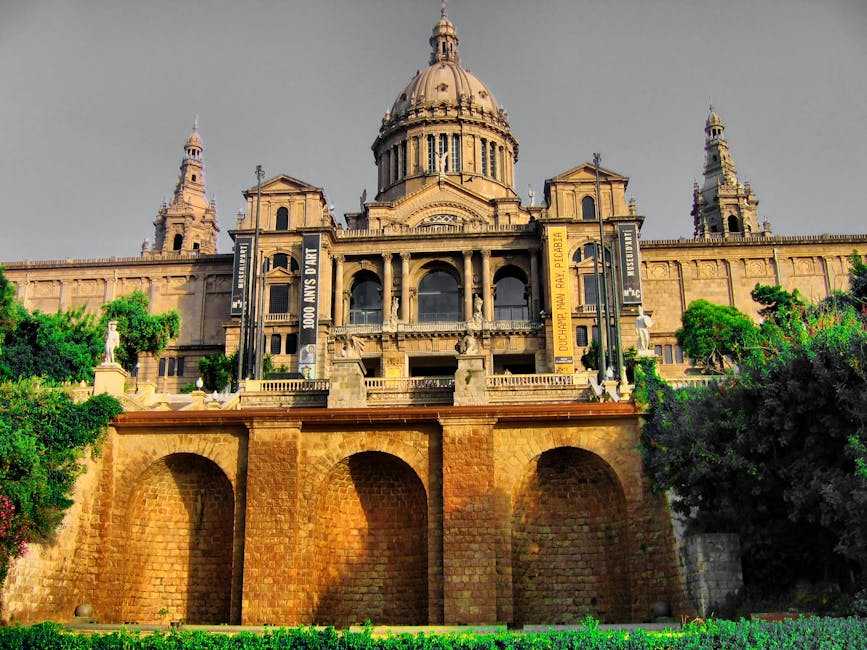Table of Contents
- Exploring the Evolution of Modern Spanish Art
- Key Figures Shaping the Contemporary Spanish Art Scene
- Movement and Experimentation within Modern Art in Spain
- Cultural Influences Reflected in Spanish Modernism
- Navigating Art Exhibitions and Galleries in Spain Today
- Q&A
- Future Outlook
Exploring the Evolution of Modern Spanish Art
The narrative of Spanish art in the contemporary landscape is a rich tapestry woven from diverse influences and revolutionary ideologies. The early 20th century marked a significant turning point, with movements such as Surrealism and Cubism taking root in Spain, profoundly impacting artists like Salvador Dalí and Pablo Picasso. These creators broke away from traditional forms, exploring the subconscious and reinterpreting reality in ways that challenged societal norms and expectations. This period not only showcased the emerging experimental styles but also revealed the deep psychological and emotional undercurrents that characterized the Spanish experience during turbulent times.
Following the Spanish Civil War, the landscape of art shifted dramatically as many artists sought refuge and inspiration abroad, leading to the phenomenon known as the Expatriate Generation. Figures like Joan Miró and Antoni Tàpies drew from international movements while simultaneously rooting their work in Spanish history and culture. Their creations often blended traditional motifs with modernist approaches, resulting in a unique artistic dialogue that resonated with an audience grappling with the aftermath of conflict. This fusion of the old and new gave rise to a distinctive stylistic language that continues to influence contemporary Spanish artists today.
As we moved into the late 20th and early 21st centuries, the rise of conceptual art and the incorporation of technology further diversified the Spanish art scene. Artists like Esther Ferrer and Carlos Bunga embraced interactive and installation art, reflecting on themes of identity, memory, and modernity in ways that invite viewer engagement. This transformative era has also seen the intersection of art with socio-political discourse, where artists utilize their platforms to critique and comment on societal issues. The evolution of Spanish art remains a vibrant and dynamic reflection of the nation’s history and contemporary realities.


Key Figures Shaping the Contemporary Spanish Art Scene
Contemporary Spanish art has been greatly enriched by the contributions of several pivotal figures who are at the forefront of innovation and expression. Among these artists, Marta G. Gómez stands out, known for her bold use of color and abstract forms that challenge traditional perceptions of reality. Her immersive installations often encourage viewer interaction, making art an experience rather than a mere observation. Alongside her, Juan Luis Posada has made waves in the art world with his explorations of digital mediums, showcasing the intersection of technology and creativity.
Additionally, Rocío Córdoba continues to redefine contemporary narratives through her thought-provoking sculptures. By utilizing found objects and materials, she creates works that provoke discussions around sustainability and the impermanence of modern life. Her pieces often reflect a deeper societal commentary, inviting viewers to reconsider their relationship with the material world. Equally noteworthy is David Bestué, whose installations blend elements of design and art through a conceptual lens, pushing the boundaries of what constitutes artistic expression in today’s society.
The collaborative efforts and community initiatives these artists participate in have also fostered a vibrant art ecosystem in Spain, bridging gaps between established institutions and emerging voices. Events such as “Madrid Art Week” and the “Barcelona Contemporary Art Fair” serve as platforms for these artists to showcase their work and connect with global audiences. In enriching the contemporary landscape, these figures not only reflect the evolving nature of Spanish art but also inspire a new generation of creatives to explore and innovate beyond conventional limits.


Movement and Experimentation within Modern Art in Spain
In the realm of contemporary art in Spain, movement and experimentation have emerged as defining characteristics, shaping a diverse landscape of artistic expression. Spanish artists have continually sought to challenge traditional methods and explore innovative concepts, leading to the formation of various avant-garde movements. Influences from historical art movements, combined with the unique cultural tapestry of Spain, have fostered an environment where creativity knows no bounds.
Prominent movements such as Surrealism, Constructivism, and Informalism have paved the way for modern Spanish artists to explore themes beyond representation. This has led to a vibrant dialogue between the conventional and the experimental, allowing the blending of mediums and techniques. Artists often engage in collaborative projects, resulting in multidisciplinary works that incorporate painting, sculpture, photography, and digital media. This fluidity in artistic practice reflects a broader global trend while grounding itself in Spain’s rich artistic heritage.
A fascinating aspect of this era is the emergence of participatory art and site-specific installations, encouraging public interaction and redefining the viewer’s role in the experience of art. Artists like Rafael Lozano-Hemmer and Antoni Tapies have implemented technology and found objects to create thought-provoking works that resonate with contemporary audiences. Here is a brief overview of key movements and artists currently shaping the modern art scene in Spain:
| Movement | Key Characteristics | Notable Artists |
|---|---|---|
| Surrealism | Dream-like scenes, subconscious exploration | Salvador Dalí, Joan Miró |
| Constructivism | Focus on construction and materials | Manuel and Antonio H. M. de León |
| Informalism | Emphasis on abstraction and spontaneity | Juan Genovés, Antonio Saura |


Cultural Influences Reflected in Spanish Modernism
Spanish modernism emerged during a period of significant cultural upheaval, reflecting a mosaic of influences that shaped the nation’s artistic landscape. One can trace these influences back to the vibrant Catalan Modernisme, a movement that harmonized traditional elements with new ideas. Artists such as Antoni Gaudí and Pablo Picasso incorporated influences from various sources, ranging from Gothic architecture to Islamic art, infusing their works with a unique style that celebrated regional identity while simultaneously embracing global trends.
Additionally, the avant-garde movements of the early 20th century played a crucial role in defining modern art in Spain. Artists like Salvador Dalí and Juan Gris ventured into realms of surrealism and cubism, which were groundbreaking at the time. Their experimentation was not merely an aesthetic pursuit; it represented a broader rejection of established norms. The political turmoil of Spain during this era also influenced artistic expression, as many artists sought to convey the complexities of their sociopolitical landscape through innovative forms and styles.
The notion of identity, particularly the intersection of local traditions and global influences, is a recurring theme within Spanish modernism. The Spanish Civil War (1936-1939) heavily impacted artists, as it instigated a search for meaning amidst chaos. This period saw the rise of movements that emphasized both personal expression and collective experience, leading to a rich tapestry of creative output. In the context of modernism, it’s clear that the interplay between history, culture, and politics produced a scene marked by diversity and innovation, ultimately shaping the trajectory of contemporary Spanish art.


Navigating Art Exhibitions and Galleries in Spain Today
Spain stands as a vibrant hub for modern art, boasting a rich tapestry of exhibitions and galleries that beckon art enthusiasts from around the globe. Each city offers a unique perspective, characterized by local talent and international influences. Among the most iconic venues, you’ll find the Reina Sofía Museum in Madrid, home to masterpieces by Salvador Dalí and Pablo Picasso, alongside contemporary installations that challenge perceptions of space and form. In Barcelona, the MACBA (Museu d’Art Contemporani de Barcelona) presents a rotating collection that captures the pulse of modern creativity, showcasing not just renowned artists but emerging voices as well.
As you explore various exhibitions, it’s essential to stay updated on the current art calendar. Most major galleries have regular exhibition openings, featuring a plethora of artistic expressions. Look for these key highlights when navigating the art scene:
- Solo Exhibitions: Dive deep into the work and mind of a single artist.
- Group Shows: Experience diverse styles and interpretations under a shared theme.
- Interactive Art Installations: Engage with artworks that invite participation.
Moreover, many exhibitions include guided tours and educational programs, enhancing your understanding of the works displayed. Consider attending a workshop or artist talk, which are often listed on gallery websites. If you wish to plan your visits effectively, refer to the table below for top galleries and their standout features:
| Gallery Name | Location | Notable Features |
|---|---|---|
| Reina Sofía | Madrid | Home to “Guernica”; vast modern art collections |
| MACBA | Barcelona | Focus on contemporary art; dynamic exhibitions |
| Fundació Joan Miró | Barcelona | Celebrates Miró’s work; host of temporary shows |
| Centro de Arte Dos de Mayo | Madrid | Innovative exhibitions; supports new artists |
